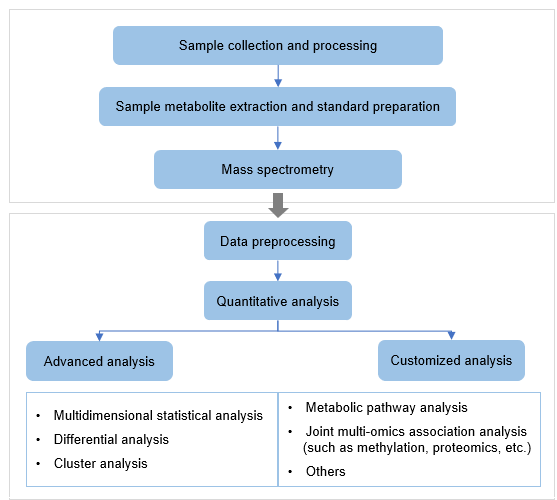About Citric Acid
Natural citric acid is widely distributed in nature, such as lemon, citrus, pineapple and other fruits, or in animal bones, muscles and blood. Synthetic citric acid is produced by the fermentation of sugar, molasses, starch, grapes and other sugar-containing substances.
In the human body, citric acid is an intermediate product in the metabolic process. Abnormal urine organic acid levels often indicate metabolic disorders in the body or the occurrence of certain diseases, and analysis of citric acid levels can help with research on the mechanism or diagnosis of related diseases.
Citric acid is the first major acid among organic acids, and it is widely used in the food processing field due to its physical properties, chemical properties and derivatives, such as in the manufacture of various beverages, soft drinks, wines, candies, cookies, canned juices, dairy products and other foods. The content of citric acid has a great influence on the taste of food, and is an important indicator of the quality of some foods.
Citric acid is also used in beauty and skin care products for its exfoliating, melanin-lightening, antioxidant and vascular softening properties.
v-innovate Technologies can provide citric acid identification and quantification services based on reversed-phase high performance liquid chromatography and liquid chromatography-mass spectrometry. We serve researchers in the pharmaceutical, food, and cosmetic industries.
 Molecular structure of citric acid
Molecular structure of citric acid

For other sample types, please consult technical support or sales.
In order to ensure the accuracy of the samples and reduce systematic errors during sampling, it is necessary to select more than 3 materials with the same condition for each sample.
A standard experiment and analysis process takes about 1~4 weeks.
References
